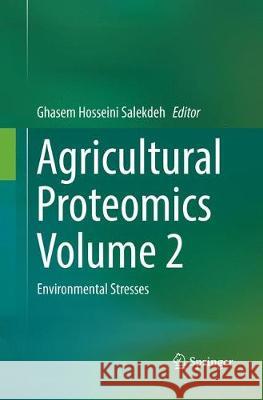Agricultural Proteomics Volume 2: Environmental Stresses » książka
topmenu
Agricultural Proteomics Volume 2: Environmental Stresses
ISBN-13: 9783319827780 / Angielski / Miękka / 2018 / 314 str.
Agricultural Proteomics Volume 2: Environmental Stresses
ISBN-13: 9783319827780 / Angielski / Miękka / 2018 / 314 str.
cena 582,32 zł
(netto: 554,59 VAT: 5%)
Najniższa cena z 30 dni: 578,30 zł
(netto: 554,59 VAT: 5%)
Najniższa cena z 30 dni: 578,30 zł
Termin realizacji zamówienia:
ok. 20 dni roboczych.
ok. 20 dni roboczych.
Darmowa dostawa!
Kategorie:
Kategorie BISAC:
Wydawca:
Springer
Język:
Angielski
ISBN-13:
9783319827780
Rok wydania:
2018
Wydanie:
Softcover Repri
Ilość stron:
314
Oprawa:
Miękka
Wolumenów:
01











